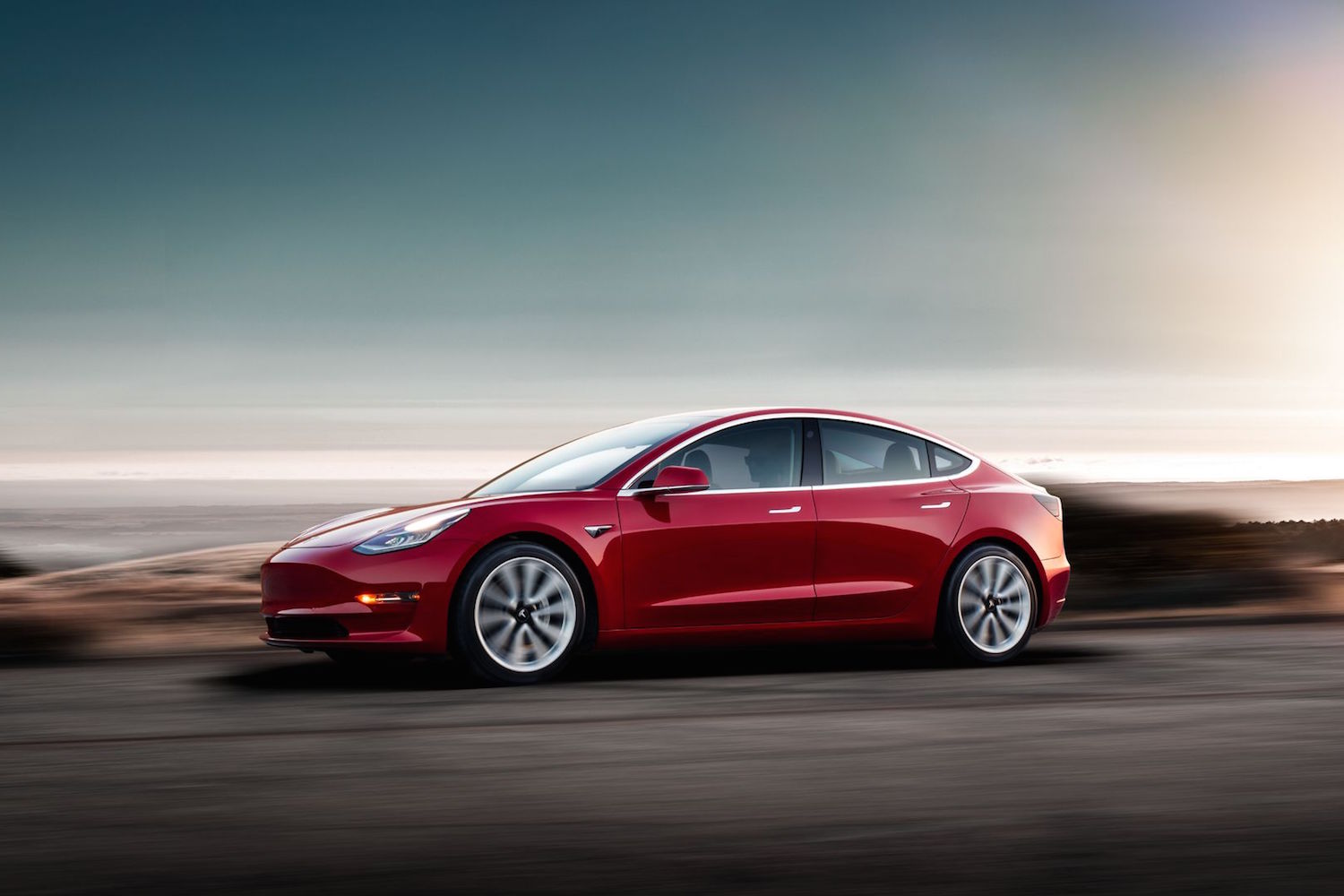
Tesla is now building electric cars in the world’s largest new-car market. The Silicon Valley automaker delivered the first cars from a new factory in China to Tesla employees on Monday, according to CNN.
Just 15 employees received Tesla Model 3 electric cars in that first batch. During an event commemorating the first deliveries, Wang Hao, general manager of Tesla China, told CNN that more cars would be delivered to Tesla employees over the next couple of days, while other customers would begin receiving cars next month. In the past, Tesla has reserved the first examples of new models for employees of investors.
The factory, located in Shanghai, was completed in 10 months, according to CNN. A handful of cars were built in a trial production program beginning in October, according to the news network. These cars were sent to Tesla stores in China for potential customers to test drive, and won’t be sold to the public. Building cars as part of a trial run for a new factory is a common practice in the auto industry. These cars are typically used for public relations purposes or testing before being scrapped.
Tesla has been taking orders for the Model 3 in China since October 25. The company already sells Model S and Model X electric cars that are built in its Fremont, California, factory and shipped to China. Increased local production is an important step for Tesla.
China is both the world’s largest new-car market and the largest market for electric cars. But Tesla has been at a disadvantage. The cost of shipping cars across the Pacific Ocean, as well as steep import duties, has inflated the prices of imported cars. A Shanghai-built Model 3 starts at 355,800 yuan ($51,000), or about 2 % less than an imported Model 3, according to CNN. Buyers of locally built cars can also take advantage of government subsidies of up to 25,000 yuan ($3,578), and don’t have to pay a purchase tax, according to Tesla.
The Shanghai factory is the first Tesla production facility outside the United States, and the first car assembly plant the company has built from the ground up. While Tesla did build a massive “Gigafactory” for battery production, its current California assembly plant is a repurposed facility originally operated jointly by General Motors and Toyota.
Tesla has said the China factory could build up to 500,000 cars a year. There are plans for another new factory near Berlin. That would give Tesla a base in the backyard of the powerful German automakers, which are struggling to produce more electric cars in anticipation of stricter European emissions standards.
Editors' Recommendations
- Tesla previews ridesharing app feature for its robotaxi
- Fly through Tesla’s Giga Berlin factory in this epic drone video
- Here’s how Ford will give EV customers Tesla Supercharger access
- Mercedes’ electric eSprinter isn’t just greener, it’s better
- Tesla reveals target date for new electric vehicle launch


